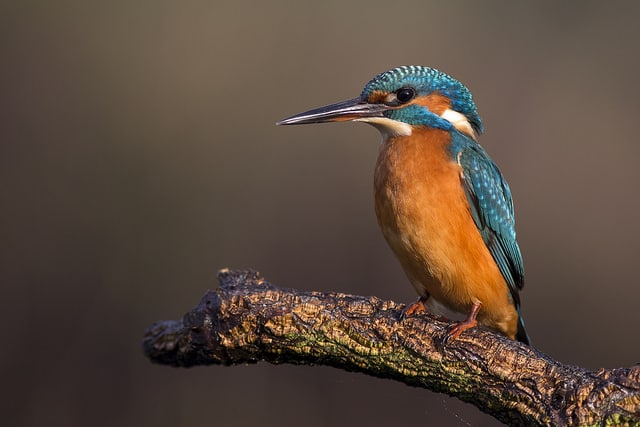Set in the Kaimur hills range on the west bank of the Son River near Uttar Pradesh border is the Kaimur wildlife sanctuary. Established in 1982, it is spread over wide range of Mirzapur and Sonbhadra district. Hailed as the largest wildlife sanctuary in Bihar, it occupies an area of 1342 sq km, mainly confined to hills and undulating ground. The valley portion is home to several waterfalls like Karkat and Telhar and several lakes like Anupam Lake.
Apart from being a rich reserve of flora and fauna, it has a treasure of pre historic caves, rock paintings and rare fossils. One can also see the pre historic painting of Lakhania (a form of rock painting) which shows the life of people of ancient civilization. The 4000 year old paintings in terracotta colour depict hunting, war scenes, cattle grazing, decorative floor design, domestic chores, bee keeping etc. Echo valley is another prime attraction where the phenomenon of echo is observed. One can also explore Mausoleum of Sher Shah at Sasaram Dhaun Kund (natural waterfall).
Climatic Conditions
It is characterized by extremely hot summer during which the temperature varies from 27 degrees Celsius to 45 degrees Celsius. The range of temperature during winter exists between 6 degree Celsius and 26 degrees Celsius. Rain is frequent during monsoons. The south west monsoon approaches in June and continues till August.
Best Time to Visit
As an ideal spot for winter tourism, the months from October to March are considered as the perfect time to visit this place.
Wildlife at Kaimur Wildlife Sanctuary
Flora
It is populated by mosaic grassland, tropical dry deciduous forest and swampy marshes. Indian rosewood (Sheesham), teak, saal, jamun, salai (Boswelliaserrata), siddha, koraiya and jheengar are some species of plant life. The vegetation also consists of dense forest of Bamboo, Palas, Khair, Mahua and Dhau.
Fauna
Tiger, panther, hyena, wolf, jackal, bear, leopard, wild boar, sloth bear, wild cat, wild dog, karakal, bijju, chital, chinkara, sambar, Indian monkey, baboon, porcupine, mongoose, chausingha, ratal and nilgai are the major animals found here. Grey quail, Kingfisher, Bulbul, Dove, Blue pigeon, Malabar, sand ground, Paradise fly, Fowl, Falcon, coloured francolin, Kites, red spur, Black Partridge are the common bird species found apart from the migratory birds like cotton teal and grey duck.
Reptiles – This sanctuary is home to many reptiles like crocodile, cobra, krait and other snakes.
Distance from Nearby and Major Cities
- Varanasi – 101 kilometres
- Mirzapur – 142 kilometres
- Allahabad – 210 kilometres
- Lucknow – 409 kilometres
- Kanpur – 417 kilometres
- Kolkata – 593 kilometres
- Agra – 688 kilometres
- Noida – 863 kilometres
- Delhi – 906 kilometres
- Guwahati – 1073 kilometres
- Mumbai – 1506 kilometres
- Bangalore – 1901 kilometres
- Chennai – 1941 kilometres
Nearest Airport – The nearest airport is at Varanasi (112 km).
Nearest Railway Station – Nearest railway stations are Sasaram (50 km), Dehri-on-Son, and Bhabhua.
Road Accessibility – It is accessible by road from Varanasi and Mirzapur. Robertsganj, the nearest town, is connected by bus services or pre hired taxis to major centres in the region.
Accommodation Facilities
One can opt for one of the three Forest Rest Houses in Harrah, Mahuaria and Churk which provide basic amenities. Lodges and huts like Tourist Hut, Mahuwaria can be booked in prior for accommodation. Also there is a provision of guest house from the forest department having 7 suits at a price of Rs 100 to Rs 300 inside the sanctuary.
Entry Fee
The entry fee for this sanctuary is at a reasonable price of Rs 30 (for Indian) and Rs 350 (for foreigner).


